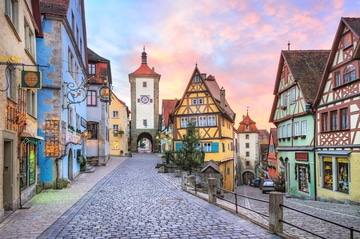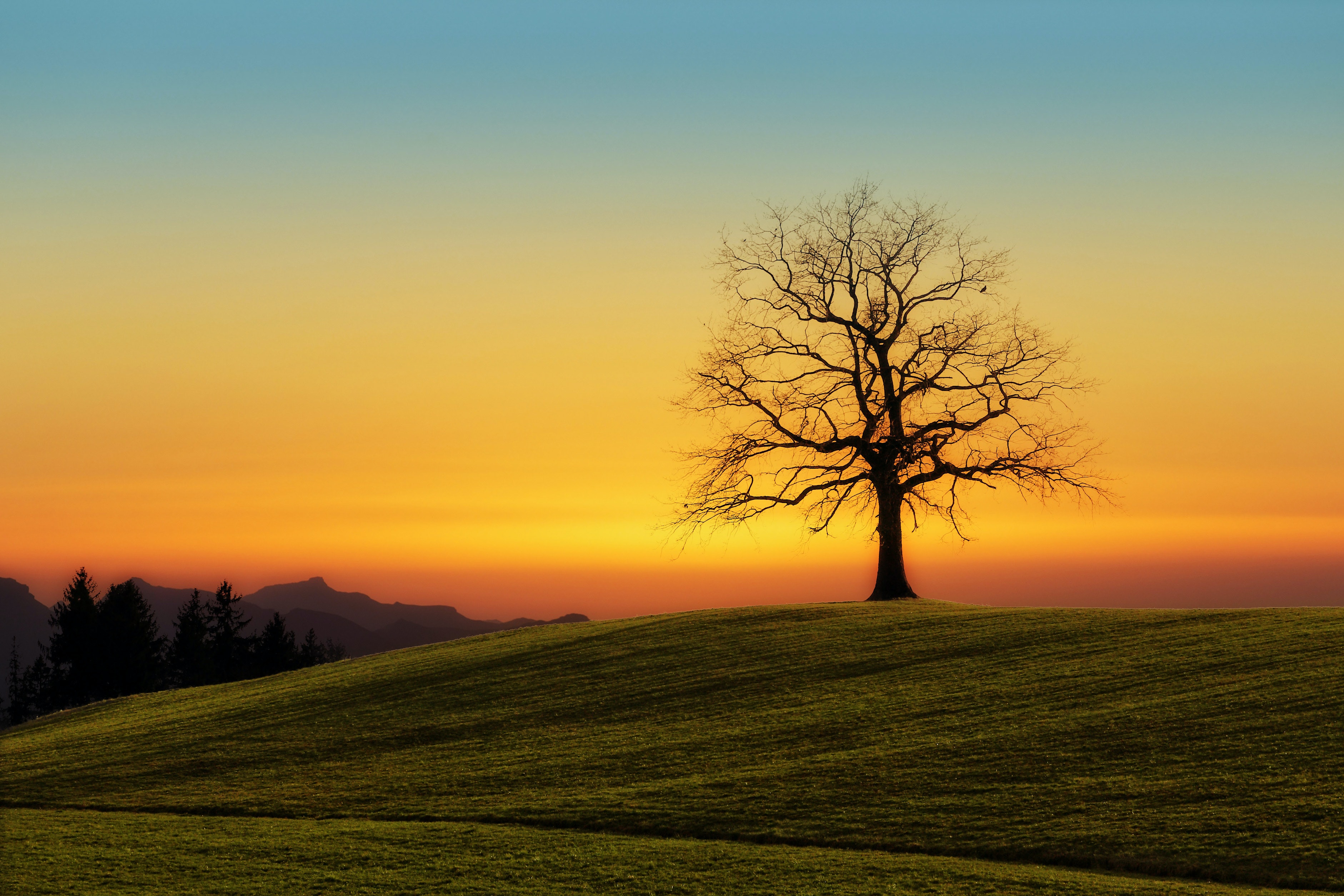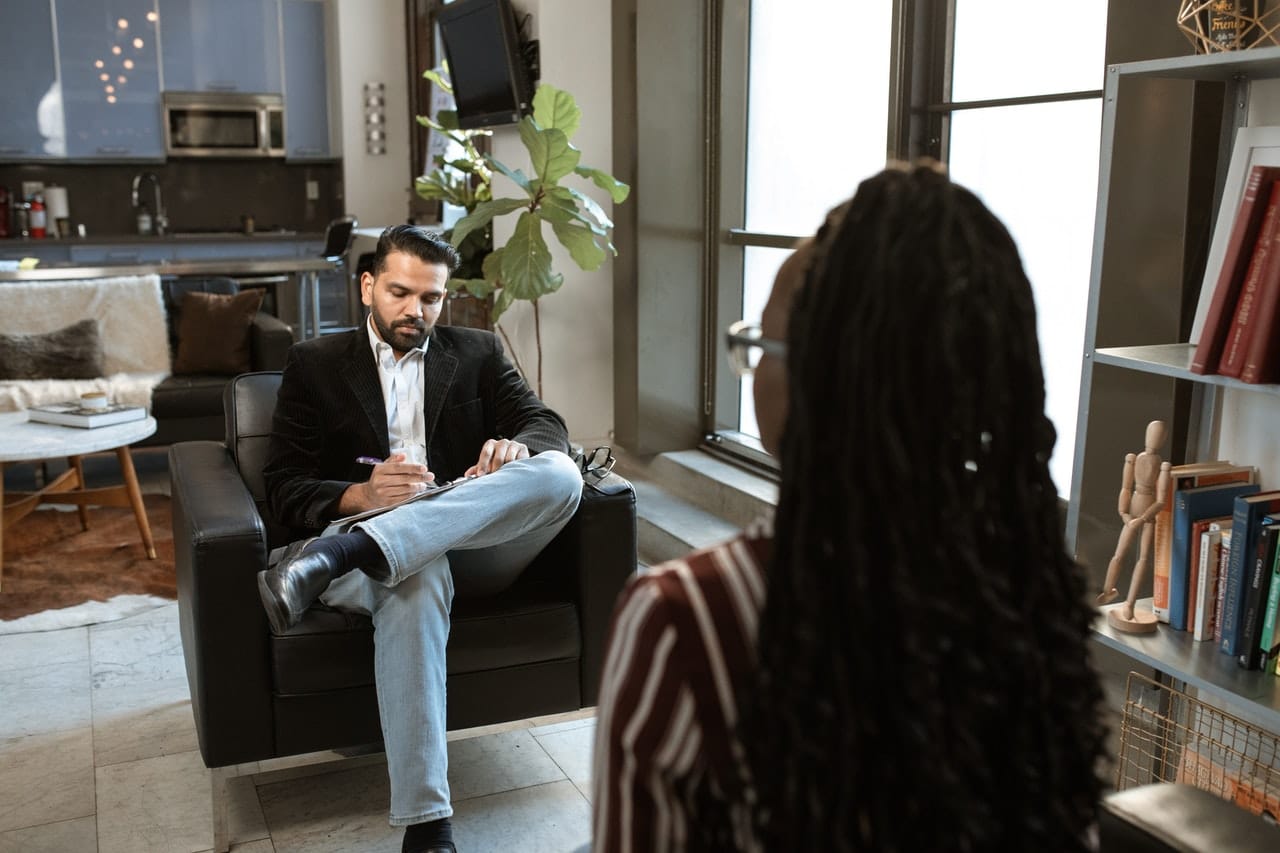
7 Fun and Creative Things To Do With Your Family History Research
7 FUN AND CREATIVE THINGS TO DO WITH YOUR FAMILY HISTORY RESEARCH
Maybe you’ve only just begun researching your family’s history.
Maybe you’ve been on a deep dive into it for some time now and you’ve turned your dining room table into an absolute mess of documents, folders, photo albums, and post-it notes.
Maybe you’ve uncovered a treasure trove of information worthy of the evening news, a book deal, an HBO documentary, and a sizeable museum wing.
Maybe you’ve simply made a few interesting little discoveries and you have no idea what to do with them, but you know you’d like to share them with the rest of your family in a fun way.
Whether your situation falls into either of these camps, or more likely somewhere in between, perhaps you’ll find some inspiration in the following ideas for fun and creative things to do with your family history research.
7 Fun and Creative Things To Do With your Family History Research
1. FAMILY TREES AND TIMELINES
Family Trees
Family trees, or pedigree charts, are great starting points for family history research.
A simple diagram of ancestors, marriages, and the children they produced can act as the foundation of a larger family history project.
If you choose to hire professional genealogists and historians to assist you with your family history research, an established pedigree chart will provide them with material to work with and a great jumping off point.
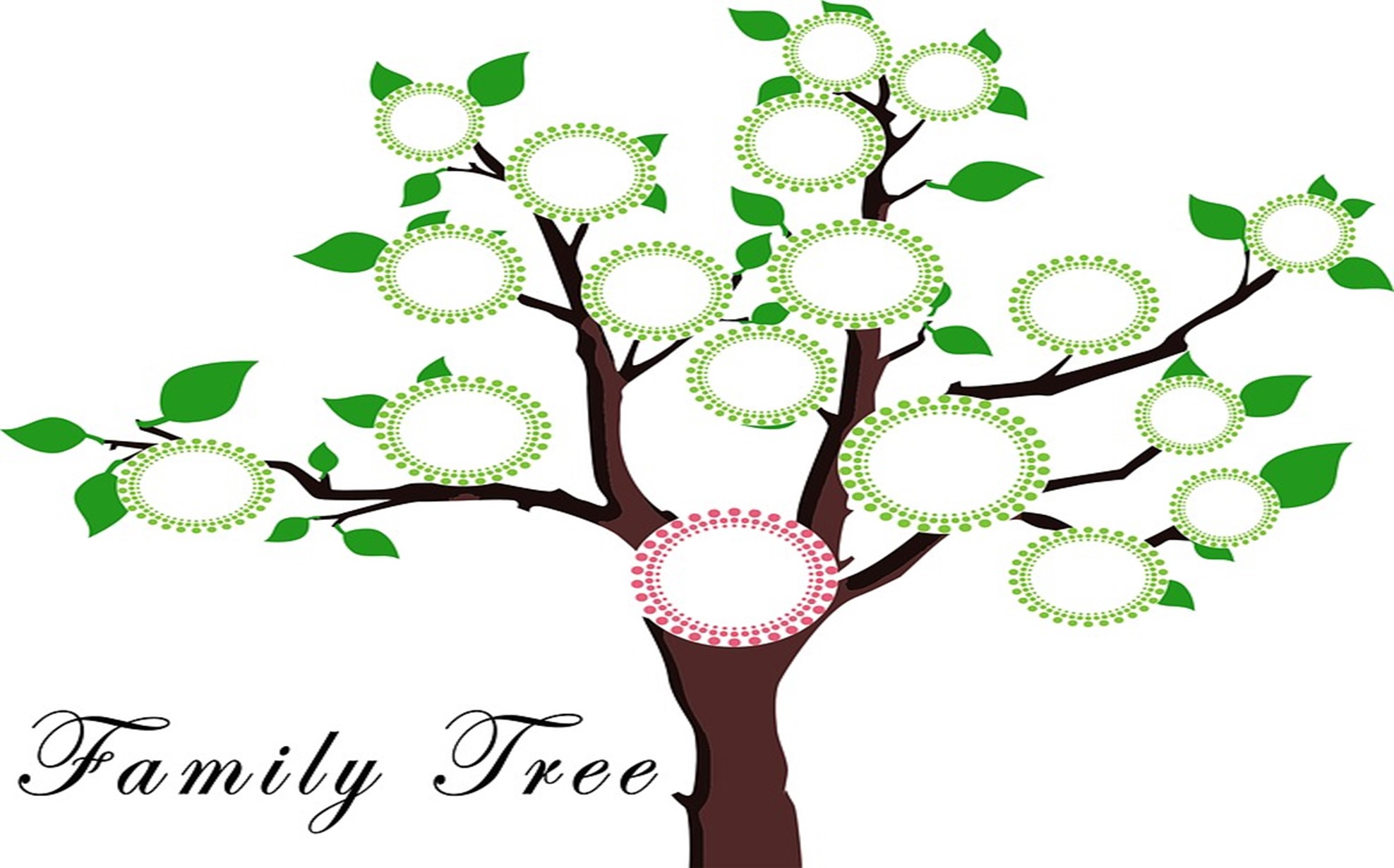
For many families, however, anything beyond just a few generations back is a complete mystery.
Simply filling in the branches of your family tree could be the whole research project in itself. Incorporating some artistry into your family tree’s final form would be a great way to commemorate the achievement.
Sites like Family Tree For You and Etsy allow you to connect with artists and craftsmen capable of creating elaborate drawings, paintings, and even wood carvings.
You can custom order giant wall hangings to decorate your home or beautiful miniatures to hand out as gifts.
However you may picture your ideal family tree in your mind, there’s a talented individual out there who can make it a reality. Maybe that talented individual is you!
Timelines
Timelines differ from pedigree charts by allowing for visuals and details beyond birth and death dates and simple lineage.
A family history timeline can highlight anything and everything deemed significant by its creator:
- Migrations
- Marriages
- Establishment of family businesses
- Achievements of notable ancestors
- Historical events and their impacts
Your timeline can be a permanent, museum quality fixture in your home, akin to the examples provided in this slideshow from the Society for Experiential Graphic Design.
Utilizing framed photos and wall decals, your family’s timeline can also take the form of a temporary, but no less impressive installation at a family gathering or reunion.
If you don’t possess the skills yourself, a professional graphic artist can help you design your family tree or timeline for both physical display and/or publication in a family history book.
2. COFFEE TABLE BOOKS
A common end goal for many family history researchers is a self-published book of some sort.
Exactly what that book will look like can remain nebulous at best, even well into the research phase.
If you’ve gathered a lot of great family photographs in your pursuit, consider putting out a coffee table style photobook.
A mainly visual record of your family’s history can be a literal page-turner cherished by those who receive a copy of it.
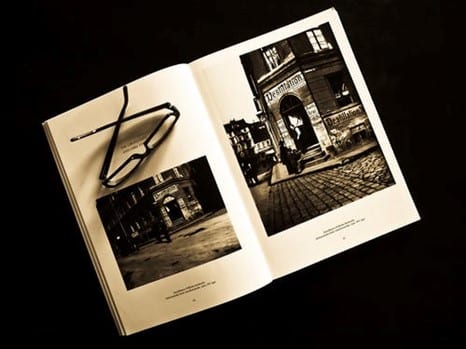
While assembling a collection of classic or rarely seen family photos is a fantastic method of recounting your family’s story, a diversity of content will make it even more comprehensive.
Search for images outside the family collection.
Libraries and town halls are great resources when it comes to searching for historic photographs of hometowns.
Another often overlooked tool for potentially finding photographic treasure is Facebook.
It seems that almost every small town has its local historian—official or otherwise. If your family’s hometown has one, he or she will mostly likely be found connected to a Facebook group that is in one way or another associated with the region.
Even if this community outreach approach doesn’t produce any new images for your collection, you’ll be sure to pick up at least a bit of usable information or local lore, so give it a shot!
Digital scans of old handwritten letters or high quality, interestingly staged photos of family heirlooms can also be visually captivating and meaningful for the reader.
Be sure to include them if you have them!
Lastly, if you don’t personally have the greatest way with words, consider hiring a ghostwriter to create captions for your images to lend an air of credibility and sophistication to your completed project.
3. NOVELIZE IT!
Is there a creative writer in the family?
Do you have an interesting ancestor whose story deserves to be told?

If so, perhaps your family history, or at least a portion of it, should be presented in the form of historical fiction.
Though sometimes dismissed as just making it up, when carefully executed, historical fiction is an art form that can provide a deeply satisfying read.
Maybe your research has unearthed a few concrete facts, some correspondence, and an intriguing diary entry that tell a fascinating story when they’re linked together:
- A grandfather who climbed the ladder from war refugee to CEO
- A great aunt who tracked down a long-lost love after 40 years of separation
- A cousin, homeless at one point, who eventually achieved a great success
Great untold stories like these are all around us and woven into the fabrics of our families.
A family member with a talent for writing or a hired ghostwriter could take the known facts, combine them with informed assumptions and conclusions, and craft a dramatization of a favorite family story that would serve as a compelling addition to any family history project.
4. SCRAPBOOKS OF NEWSPAPER CLIPPINGS
When our family members make the local paper, we tend to save the clippings.
It’s not uncommon to find them intermingled with the Polaroids in an old photo album:
- A humorously worded report, now yellowed and fragile, about a local kindergartner (who grew up to be your burly uncle) winning the local fishing contest
- A grandmother voted Teacher of the Year by her students
- A glowing editorial on the family business when it was at its peak
Items like these can serve as colorful additions to your family history project, as they add a great deal of value both visually and for the information they convey.
But don’t stop the search with whatever you happen to find preserved behind the cellophane!

Consult the archives at your local libraries for more mentions of particular family members or for reports of incidents that affected the family as a whole:
- The big flood that forced a relocation
- The worker strike led by your father
- The factory closure that jeopardized everyone for a time
Including the documentation of events like these will make for a very well-rounded family history presentation in the end.
5. A FAMILY RECIPE BOOK
A family that eats together stays together!
Sometimes the strongest bonds that tie a family together are the dishes that they enjoy the most.

Some families are extraordinarily talented when it comes to the culinary arts. Maybe you are lucky enough to belong to one of these fantastic clans.
Whether or not your family recipes are numerous enough to fill a whole cookbook, they are more than likely enough for you to assemble into at least one delicious chapter.
Gather up the recipes of family members who are no longer with us before they’re lost.
Collect the favorite recipes of your oldest and youngest living relatives and everyone else in between.
Preserve the taste of the past and a connection to your shared heritage.
Including your family’s favorite recipes when telling their larger story will help to paint a more vibrant picture of them. And with all of them lending a hand, they’ll be collectively invested in your project.
6. CUSTOM COMICS AND ILLUSTRATIONS
In every extended family there is, at the very least, one of the following:
- An artist
- A comic book enthusiast
- Someone who has been on an adventure
Maybe your family is lucky enough to have all three!
Incorporating hand drawn, visual arts when telling your family’s story will kick up the appeal of your project more than just a notch.
The artist in your family could illustrate stories for which there are no photographs.

You could honor your comic book loving relative by having him or her conceptualize the layout and action of a visual retelling of your family’s greatest tale of adventure.
If you’d like, with the help of a professional ghostwriter in charge of storyline and dialog, you could present your entire family history in the form of a graphic novel!
Did you know that custom comic books are a thing now?
Whether the story you intend to tell is light hearted, highly dramatic, or anything in between, companies like Your Comic Story, Custom Comic Story, and the numerous artists accessible through Etsy are ready and able to bring your comic vision into living color.
7. KEEPSAKES
Small, printed keepsakes are a great way to add a further touch of class to your larger family history publication:
- Bookmarks depicting noteworthy ancestors
- Patriarch and/or matriarch broadsides worthy of framing
- Family history trivia games
- Family member trading cards or even playing cards (Who in your family would you designate as The Joker?)
The Creative Family Historian is just one service that offers items like these in addition to templates with which you can create your own.
PUT IT ALL TOGETHER!
What will your completed family history project look like?
Let’s say it’s a book.
On the first page there’s an intricate ink drawing of your family’s pedigree chart or there’s a photo of the family tree that hangs in your home.
Along the bottom of each subsequent page lies a timeline outlining significant events and developments that draws closer and closer to the present day.
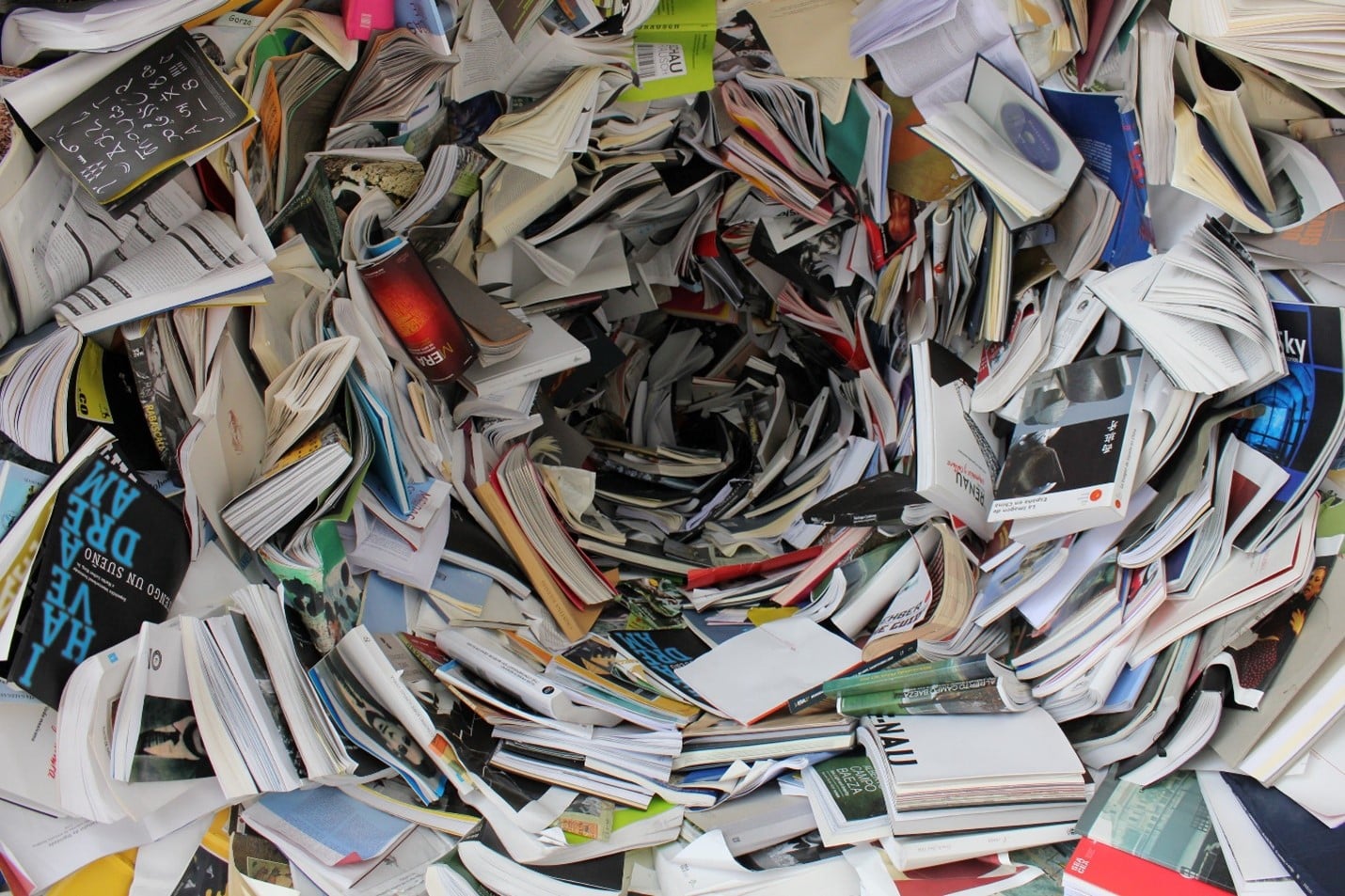
Flipping further along, the reader finds never-before-seen photographs, handwritten letters from long lost lovers, diary entries from the Great Depression, newspaper headlines from sunnier times, a novelized immigration story, recipes from the old country, and a comic book that graphically recounts a wild vacation.
On the cover is a watercolor painting of a house that your grandfather built with his bare hands.
It comes packaged with a bookmark in the shape of a long defunct company logo that bears your family’s name and a pack of poker cards in which your mom is the Queen of Hearts.
Maybe it sounds like a mess. Maybe it sounds like perfection!
Your family history project should be as varied and colorful as your family itself.
There’s no right way or wrong way to go about it. In the end. it should be exactly what you want it to be.
Related Content
- 0 Comment
Subscribe to Newsletter
- How Can SharePoint Be Used To Organize and Disseminate SOPs?
- Planning the Perfect Genealogy Research Trip: A Step-by-Step Guide
- From Silly to Awesome: How Words Change Meaning Over Time
- The Psychology of Font Choice: How Typography Impacts Content Engagement
- How to Distribute SOPs for Maximum Usability
